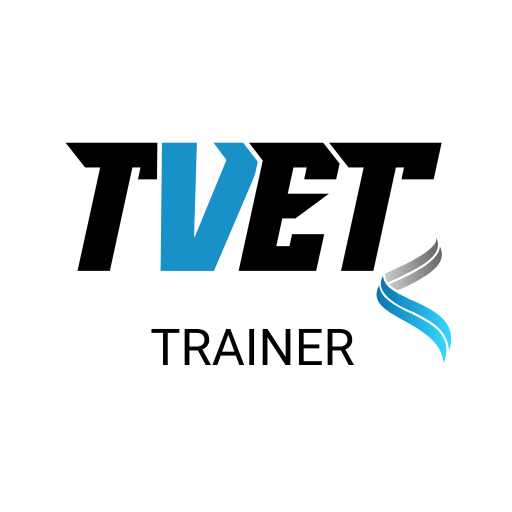As digital learning continues to evolve, video has become one of the most powerful tools in an educator’s arsenal. It captures attention, enhances understanding, and makes even complex topics easier to grasp. For many learners, especially those who respond best to visual and auditory cues, video transforms abstract information into something tangible and memorable.
In this article, we explore why video is such a vital element of effective e-learning and share practical strategies for creating engaging, high-quality video content that supports learning outcomes.
Why Video Is Essential in E-Learning
1. It Enhances Engagement
Videos command attention in ways that text and static slides often cannot. The combination of moving images, sound, and storytelling immerses learners and sustains their interest, helping them connect emotionally as well as intellectually with the subject matter.
2. It Improves Retention
When learners both see and hear information, they are more likely to remember it. Research consistently shows that multimedia learning strengthens memory recall — particularly when visual and verbal elements complement each other.
3. It Appeals to Different Learning Styles
A well-produced video can cater to multiple preferences simultaneously. Visual learners benefit from images and demonstrations, auditory learners from narration and dialogue, and kinaesthetic learners from interactive or scenario-based video content.
4. It Supports Flexible and Self-Paced Learning
Unlike live sessions, videos allow learners to pause, rewind, and replay key moments. This flexibility enables learners to study at their own pace, revisit complex topics, and consolidate understanding as needed.
5. It Reaches a Global Audience
Videos can transcend geographical and linguistic boundaries. Subtitles, transcripts, and voiceovers make learning accessible to a wider audience, promoting inclusivity and ensuring that no learner is left behind.
Five Strategies for Creating Engaging E-Learning Videos
Keep It Short and Focused
In the world of e-learning, brevity is your best friend. Attention spans are limited, and long videos can easily lose momentum. Aim for concise clips of three to five minutes, each addressing a single learning objective. Breaking longer topics into short modules helps learners absorb information more effectively.
Invest in Quality
Professional presentation conveys credibility. Clear audio, steady visuals, and thoughtful editing all contribute to learner engagement. If in-house production isn’t feasible, consider outsourcing to a professional video creation service. High production values send a clear message that you respect your learners’ time and experience.
Make It Accessible
Accessibility should never be an afterthought. Include closed captions, transcripts, and audio descriptions wherever possible. These features support learners with hearing impairments and those studying in environments where sound may not be practical. They also improve comprehension and make content more inclusive.
Use Supporting Visuals
Complement your videos with on-screen text, screenshots, diagrams, and infographics to reinforce key ideas. Varied visuals help to break up longer sequences and make complex information easier to follow. Avoid overloading the screen, though — simplicity and clarity are essential.
Build Interactivity
Transform passive viewing into active learning by incorporating questions, polls, and quizzes. Interactive video platforms allow learners to make choices, test their knowledge, and receive feedback in real time. Interactivity not only boosts engagement but also helps learners reflect on and apply what they’ve learned.
Plan Before You Record: Storyboarding and Scripting
Good e-learning videos start long before the camera rolls. Begin with a clear plan — draft a storyboard to map out scenes and visuals, and write a concise script for narration. This ensures a logical flow and helps you maintain a conversational, learner-friendly tone.
During production, use quality recording equipment and edit with care. Keep the pace brisk but natural, and aim for clarity above all else. Once editing is complete, add captions and review the final product to ensure accuracy and accessibility.
A range of tools can help educators and trainers develop professional e-learning videos:
- Articulate Storyline – Ideal for creating interactive learning experiences with minimal technical know-how.
- Adobe Captivate – Offers powerful options for responsive, scenario-based videos and simulations.
- Elucidat – A cloud-based authoring tool that enables collaboration across teams.
- Canva – Perfect for beginners, allowing simple video creation with branded templates and animations.
Experiment with different tools to find the right balance between ease of use, functionality, and cost.
Hosting and Sharing Your Videos
Once your videos are complete, consider how and where they’ll be hosted.
- YouTube provides wide reach and ease of access, making it suitable for public learning content.
- Vimeo offers greater control over privacy, branding, and playback quality.
- Self-hosting via your organisation’s website or learning platform ensures you retain full ownership and control of the user experience.
Whichever option you choose, ensure videos are optimised for fast loading and compatible with mobile devices.
Final Thoughts
Video has transformed e-learning from static instruction into a dynamic, immersive experience. When designed thoughtfully, it not only informs but also inspires. By keeping videos concise, accessible, and interactive — and by planning carefully before production — you can create content that truly enhances learning and retention.
Incorporating video into your e-learning strategy isn’t just a trend; it’s a commitment to engaging, inclusive, and impactful education.
FAQs
1. Why are videos important in e-learning?
Videos make learning more engaging and memorable by combining visual and auditory information. They also cater to different learning styles and support flexible, self-paced study.
2. How long should e-learning videos be?
Shorter is better — aim for three to five minutes per topic. Short, focused videos maintain attention and make it easier for learners to absorb and recall information.
3. What makes an e-learning video engaging?
Engaging e-learning videos feature clear narration, professional visuals, interactivity (such as quizzes or clickable choices), and accessibility elements like captions.
Popular options include Articulate Storyline, Adobe Captivate, Elucidat, and Canva, depending on your technical expertise and budget.
5. Where should I host my e-learning videos?
For public access, YouTube offers great visibility. For professional training environments, Vimeo or self-hosting via your LMS ensures quality and control.
6. How can I make my videos accessible to all learners?
Add closed captions, transcripts, and voiceovers. Ensure colour contrast and text size are readable, and that your video player supports screen readers.







